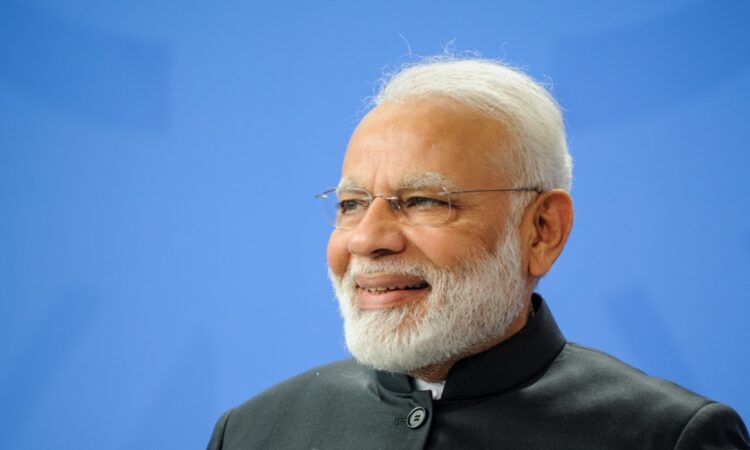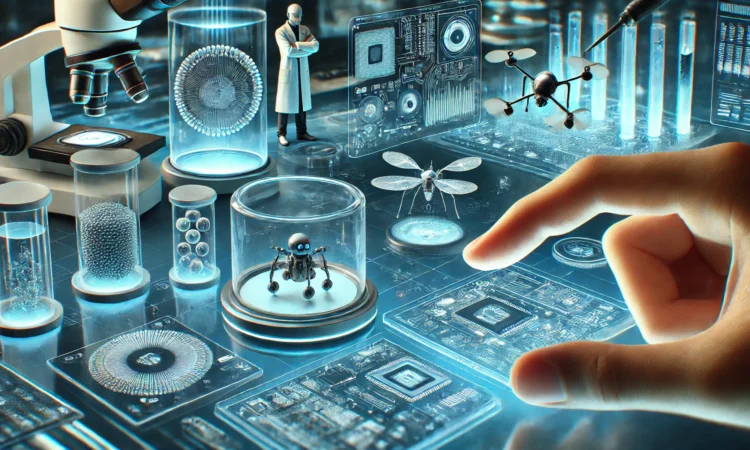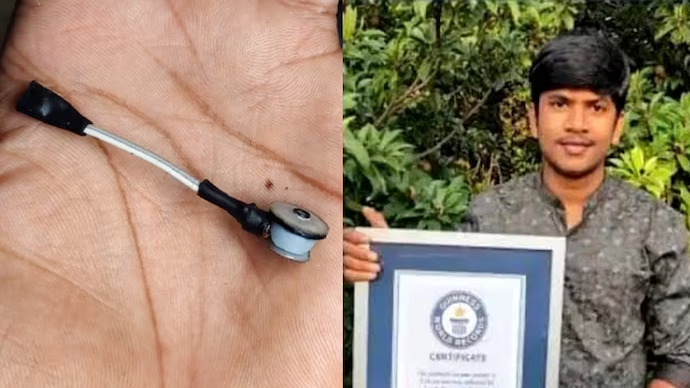Is AI going to influence the next election in India?
As India prepares for the world’s largest elections, parties are turning to AI for fight against their rivals.

As voters lined up early in the morning on November 30th of the previous year to participate in legislative elections determining the next government of Telangana, an Indian state, a brief seven-second video clip began circulating widely on social media. Shared by the Congress party, which serves as the national opposition and was active in the state at that time, the video depicted KT Rama Rao, a leader of the ruling Bharat Rashtra Samiti in the state, urging people to vote in favour of the Congress. The party disseminated the video across various WhatsApp groups “unofficially operated” by the party, as revealed by a senior leader who requested anonymity. Eventually, it found its way onto the official party account on X, where it garnered over 500,000 views.
However, the video was a fake. It was AI-generated, though it convincingly appeared authentic. Yet, an ordinary voter would find it challenging to discern. Voting had already started when the video was posted, leaving no time for the opposition campaign to mitigate the damage.
AI generated fake media could influence the elections
This well-timed deepfake served as an indication of the surge in AI-generated or manipulated media that disrupted several elections in Indian states recently and is now posing a significant threat to shape the upcoming general elections in the country.
Between March and May, India’s nearly one billion voters will determine their next national government in what stands as the world’s and history’s largest elections. Concerns regarding the risks associated with deceptive AI-generated media gained global attention when fabricated sexually explicit images of the artist Taylor Swift surfaced on social media platforms in January. In November, India’s Information Technology Minister, Ashwini Vaishnaw, labeled deepfakes as a “threat to democracy,” a sentiment echoed by Prime Minister Narendra Modi.
The widespread availability of convenient artificial intelligence tools has led teams from various political parties in India, including Modi’s Bharatiya Janata Party and the Congress, to utilize deepfakes in their campaigns to influence voters.
The Bharatiya Janata Party (BJP), widely regarded as India’s most technologically advanced political party, has long been a pioneer in utilizing technological illusions for its campaigns. Dating back to 2012, the party employed 3D hologram projections of its leader, Narendra Modi, enabling him to “campaign” simultaneously in numerous locations. This strategy gained widespread use during the 2014 general elections that led to Modi’s ascension to power.
While earlier tactics involved minimal deception, a notable shift occurred in February 2020 when Manoj Tiwari, a BJP member of parliament, became among the world’s first politicians to use deepfakes for campaigning. In three videos addressing voters in Delhi ahead of the capital’s legislative assembly elections, Tiwari spoke in Hindi, Haryanvi, and English, effectively reaching diverse audiences. However, only the Hindi video was authentic; the other two were deepfakes, utilizing AI to generate his voice, modify expressions, and manipulate lip movements, making it challenging to distinguish their authenticity upon viewing.
In recent months, the Dravida Munnetra Kazhagam (DMK), governing the southern state of Tamil Nadu, leveraged AI to resurrect its iconic leader, M. Karunanidhi, through lifelike videos at campaign events.
We will see an escalation of deepfakes in the next campaign
Campaign consultants predict that the upcoming 2024 elections could significantly escalate the use of deepfakes. They underscore the role of AI tools in shaping perceptions, stating that with a simple click, they can swiftly alter public perceptions.
As political parties gear up for the elections, they are intensifying their focus on AI. Instances of deepfake videos targeting senior politicians, including Narendra Modi, surfaced during election campaigns in states like Madhya Pradesh and Rajasthan. Private consulting firms often handle deepfake content production, relying on social media networks like WhatsApp for distribution. To maintain anonymity, political campaigns register ordinary citizens on WhatsApp, making it challenging to trace back these activities to parties, candidates, consultants, and AI firms.
India currently boasts 760 million internet users, representing over 50% of its population and second only to China in internet user numbers.
The upcoming 2024 elections are expected to intensify the use of deepfakes, with political consultants acknowledging the significant impact of AI on shaping the narrative and perception. The rise of deepfake technology has led to an increase in unethical requests, with political campaigns seeking altered videos and audio content for malicious purposes.
The Election Commission of India (ECI), responsible for conducting polls, was urged by some candidates to keep pace with the evolving nature of political campaigns. The absence of clear definitions for “deepfakes” in Indian laws poses challenges, and the police often use existing laws against defamation, fake news, or violation of privacy to address individual cases. Analysts argue that the ECI needs to take more prompt and proactive actions to combat the spread of deepfakes during elections.
The Indian government has urged major tech companies to actively moderate deepfakes on their platforms. However, by relying on private companies, questions arise about the government’s commitment to regulating manipulative content. Critics argue that the current approach to content moderation, coupled with the rise of AI, poses significant challenges, and tech companies need to redesign algorithms to address the root problem.




